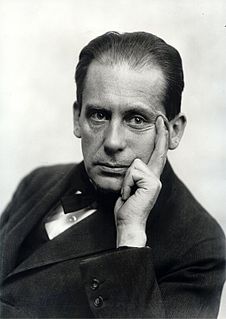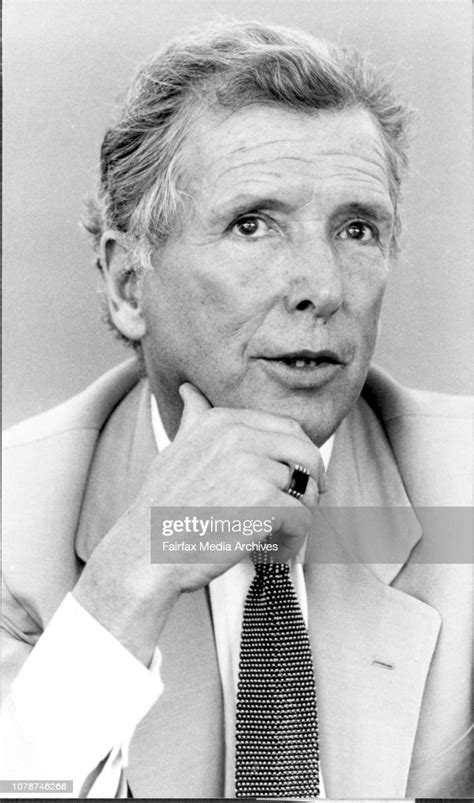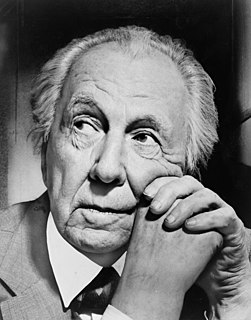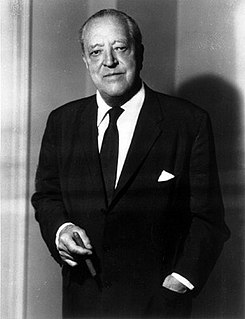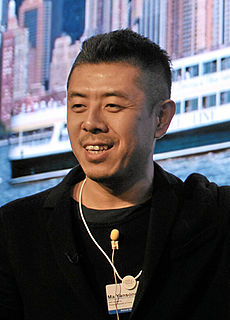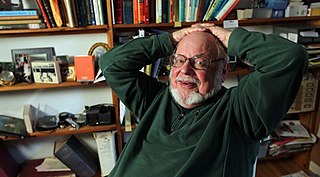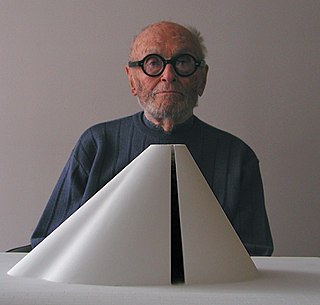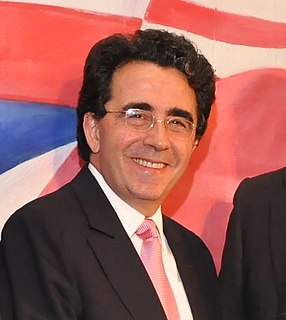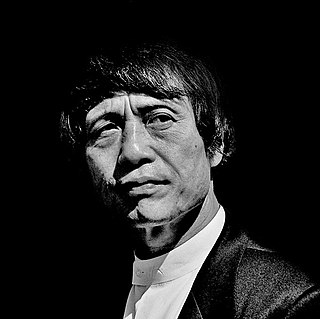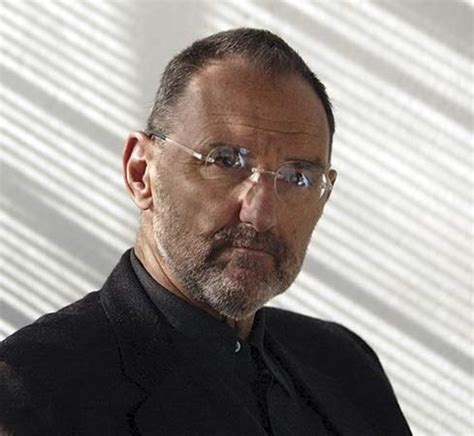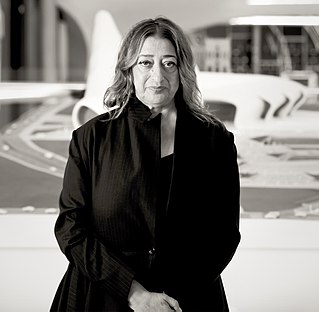Top 60 Quotes & Sayings by Walter Gropius
Explore popular quotes and sayings by a German architect Walter Gropius.
Last updated on April 14, 2025.
The general public, formerly profoundly indifferent to everything to do with building, has been shaken out of its torpor; personal interest in architecture as something that concerns every one of us in our daily lives has been very widely aroused; and the broad line of its future development are already clearly discernible.
The problem of the minimum dwelling is that of establishing the elementary minimum of space, air, light, and heat required by man in order that he be able to fully develop his life functions without experiencing limitations due to his dwelling, i.e. a minimum modus vivendi in place of a modus non moriendi.
If we investigate the vague feelings of the average man towards the arts, we find that he is timid and that he has developed a humble belief that art is something which has been invented centuries ago in countries like Greece or Italy and that all we can do about it is study it carefully and apply it.
In all great epochs of history, the existence of standards - that is, the conscious adoption of type-forms - has been the criterion of a polite, well-ordered society; for it is a commonplace that repetition of the same things for the same purpose exercises a settling and civilizing influence on men's minds.
As there is in Germany - as well as in Russia and Italy - no art which is not approved of by the government, any criticizing remark about the present policy made by me would easily be taken as a hostile act. I cannot have my name put up against an official report from Germany without risking very unpleasant consequences.
We are in the midst of a momentous catastrophe of world history, of a transformation of all aspects of life and of the entire inner human being This is perhaps fortunate for the artistic person, if he is strong enough to bear the consequences, because what we need is the courage to have inner experience.
Each person feels that he is an 'expert' in one or two fields and just the 'public' in all the others. But you know, probably, from experience that no one is really able to appreciate any display of ability in any field if he himself has not, to a certain degree, taken part in its problems and difficulties at some time.
Architects, painters, and sculptors must recognize anew and learn to grasp the composite character of a building both as an entity and in its separate parts. Only then will their work be imbued with the architectonic spirit which it has lost as salon art. Together let us desire, conceive, and create the new structure of the future, which will embrace architecture and sculpture and painting in one unity and which will one day rise toward heaven from the hands of a million workers like the crystal symbol of a new faith.
The ultimate aim of all artistic activity is building! ... Architects, sculptors, painters, we must all get back to craft! ... The artist is a heightened manifestation of the craftsman. ... Let us form ... a new guild of craftsmen without the class divisions that set out to raise an arrogant barrier between craftsmen and artists! ... Let us together create the new building of the future which will be all in one: architecture and sculpture and painting.
